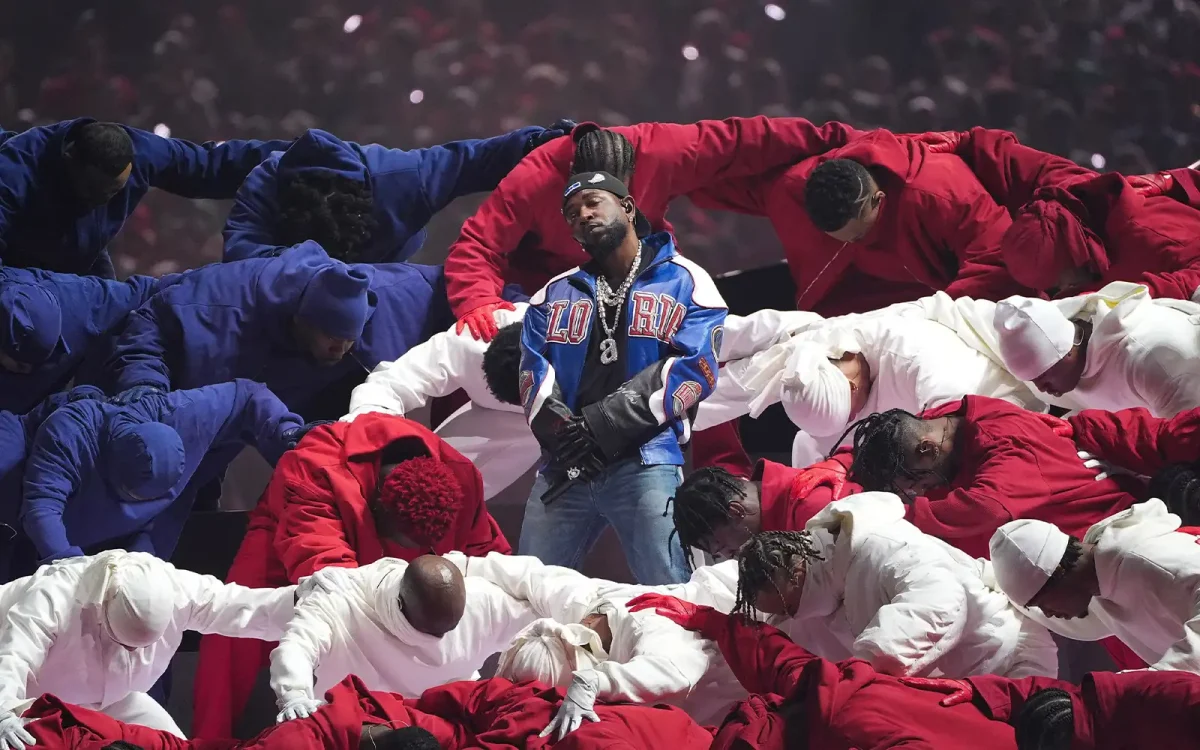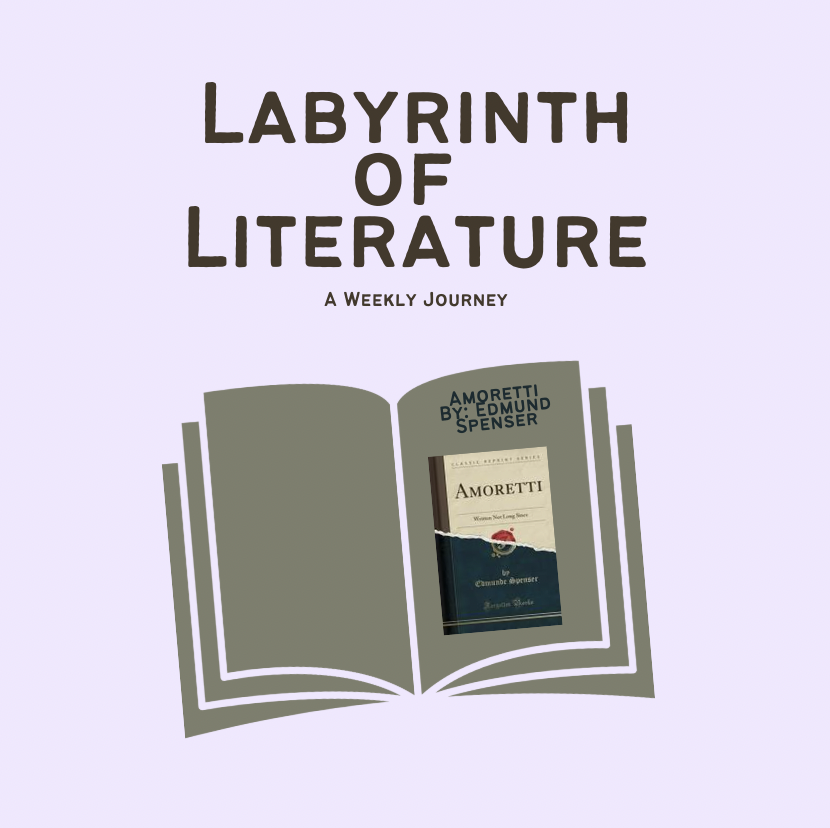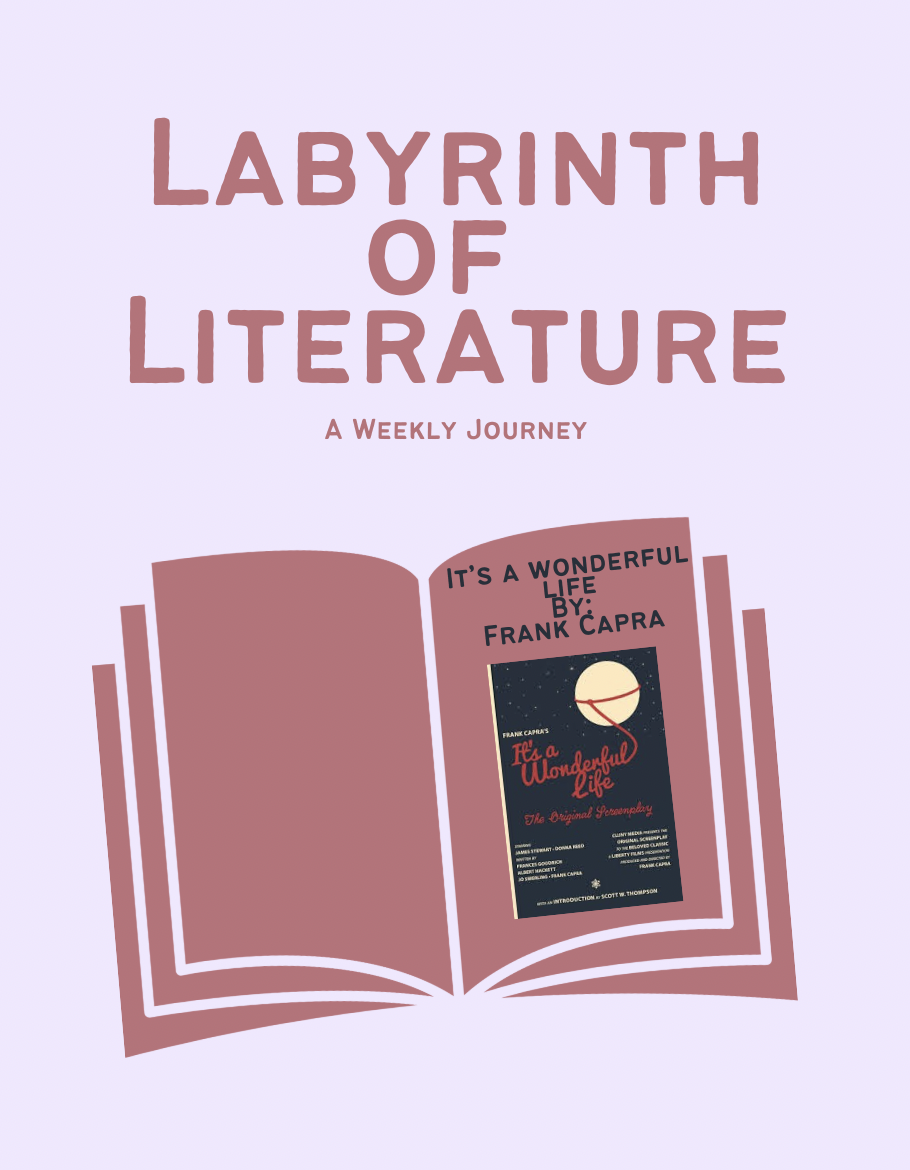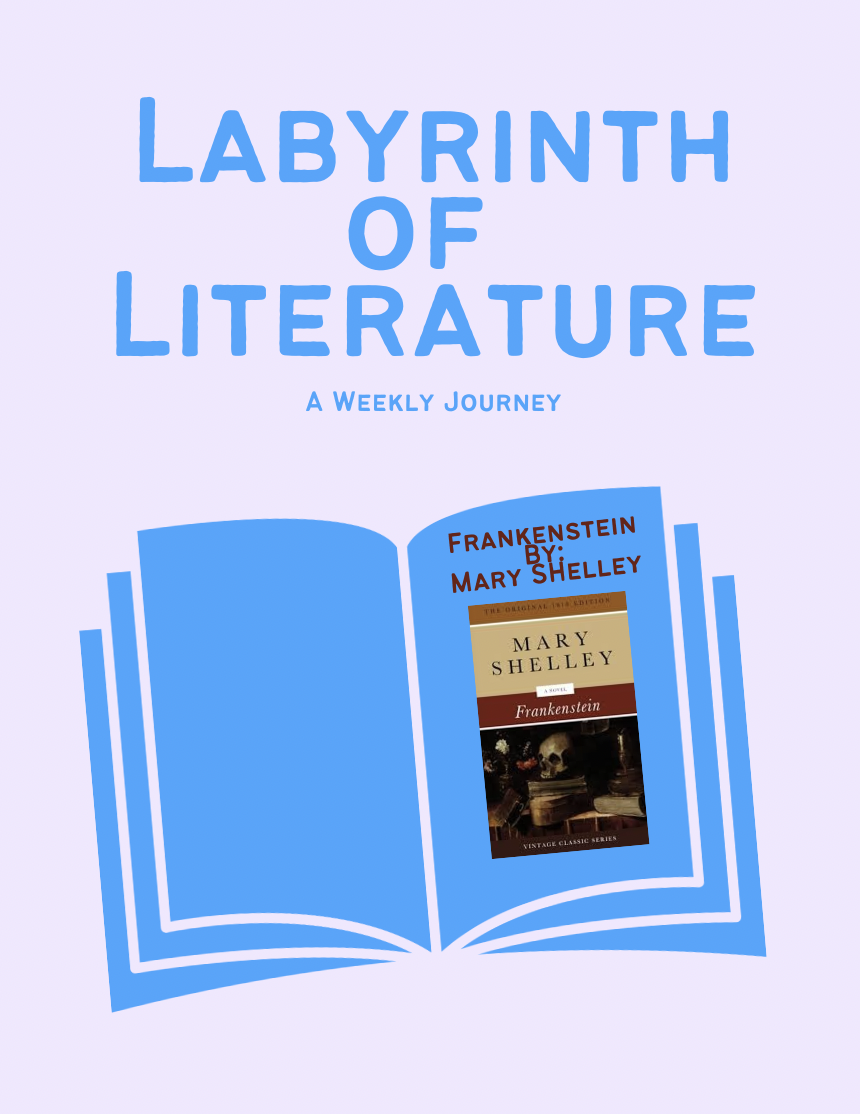Continuing from the analysis of the first act of Hamilton, the second act introduces the complications between Hamilton and other historical figures at the time that build up to his ultimate downfall. Tragedy has always, unfortunately, played a role in this man’s life, and the unraveling of certain characters shows how they developed the ultimate motivation to take him down.
From the top of this act, Thomas Jefferson is brought into the mix upon his return to the States from France to assume his duties as Secretary of State. In Cabinet Battle #1, a dramatized version of what it was like in cabinet meetings between Jefferson and Hamilton is brought to life with a rap battle presentation. Each figure has something poor to say about the other, and this is only the start of all the times they will disagree over matters involving the nation. When Hamilton sought to pass his plans for a strong federal government upon the financial recovery needed due to the Revolution, Jefferson strongly opposed his idea, representing the Democratic-Republican view of wanting more power to be allotted to the states. Despite Burr constantly being compared to Hamilton throughout the story, in reality, some say that Jefferson was Hamilton’s real opponent, with a more intense personality and drive.
As the show continues, the audience is given perspective as to how everything always goes down, and Burr declares that he wants to be in The Room Where It Happens. It is evident how “you don’t get a win unless you play the game,” Hamilton says. “But you get nothing if you (wait for it, wait for it).” This refers to the private meetings that Hamilton, Jefferson, and Madison had which led to support for Hamilton’s bank bill. Burr is pining for influential power such as this, wanting to also have a voice that is heard and be known as the genius mind behind his own political advancements. This builds on the perspective we are given from Burr earlier on in Wait For It, where all he desires is the success and glory that he believes he is worthy of.
Ten tracks later, after the details of many significant events unfold, Burn is Eliza’s response to an affair that Hamilton had with Maria Reynolds, wife to abusive husband James Reynolds. James Reynolds forced Hamilton to meet a certain price to keep seeing Maria when he first found out about the situation, so Eliza did not find out about Hamilton’s disloyalty until he chose to expose himself in the Reynolds Pamphlet. Hamilton wrote and got this work published in an attempt to save his political reputation and bring speculations of Hamilton using his role as Secretary of the Treasury to embezzle money to an end. However, in clearing his name, he had deeply affected his marriage. Eliza burns all the pretentiously written “palaces out of paragraphs” Hamilton ever gave her and leaves it to the imagination of all of America regarding how she reacted to Hamilton’s private wrongdoings.
Diving more into the next generation, the audience gets to know Philip Hamilton, Alexander’s eldest son. It seems that Philip inherits many traits from his father, given the reference to Hamilton’s spoken words in My Shot at the beginning of Blow Us All Away, when Philip states “Meet the latest graduate of King’s College/I probably shouldn’t brag, but, dag, I amaze and astonish.” Philip is very supportive of his father, being why he was offended by an opposing opinion directed at Alexander by lawyer George Eacker during an Independence Day speech at Tammany Hall. Philip takes it all the way, going to a duel with Eacker, where he ends up fatally shot. In It’s Quiet Uptown, Alexander and Eliza grieve the loss of their son, and in the fullness of this terrible loss, heal their relationship.
Returning to American history, Hamilton’s endorsement of Thomas Jefferson pushes him over the edge to win the presidency in The Election of 1800 seems to be the last straw for Aarom Burr. Though the man may be a cautious people pleaser that has put up with Hamilton thus far, Burr has finally had it with Hamilton and challenges him to a duel. Like his son Philip, this is unfortunately the way that Alexander’s life is brought to an end. In the final, and most bittersweet track of the show, Who Lives, Who Dies, Who Tells Your Story, apologies and words of condolence are brought forward by the characters. Jefferson says that “his financial system is a work of genius,” and Madison says that Hamilton didn’t “get enough credit for all the credit he gave [them].” Eliza shows the audience how she made great use of all the time she was given through her long, healthy life in honor of her husband. Eliza established the first private orphanage in New York City, Graham (formerly known as the Orphan Asylum Society), which still exists today. And most of all, when Eliza gasps and admires the audience in awe during the final moments of the show, there is this brief, but extremely meaningful moment that shows how Alexander Hamilton’s story may have once been forgotten but was brought justice with the ultimate creation of this broadway show.
Hamilton is such a loved and cherished soundtrack and musical because it is something familiar (such as history) made less conventional, and more pleasing to the human brain. Lin-Manuel Miranda manages to make aspects of the nation’s history relatable with a greater reveal of some of these historical figures’ personal lives and an emotional appeal. When things got too serious, King George gave the audience a laugh with his whimsy, when things were too slow-paced, Hamilton brought up the energy with his driven attitude, and when needed, the opportunity was presented for a good cry. Though history, hip-hop and rap seem like a strange combination, it works brilliantly with this musical vision. Not only is Hamilton a recap on history, but given all its popularity, it was the creation of history as well.

























